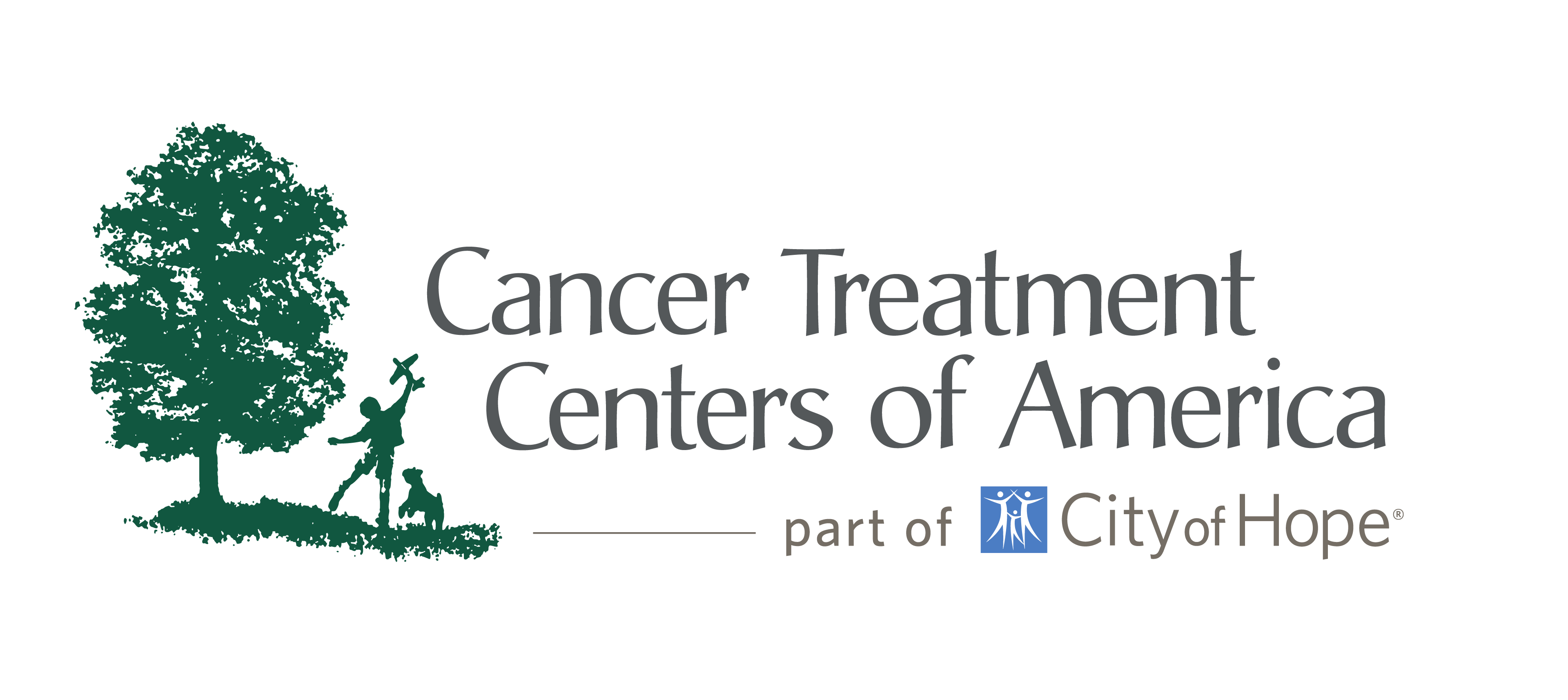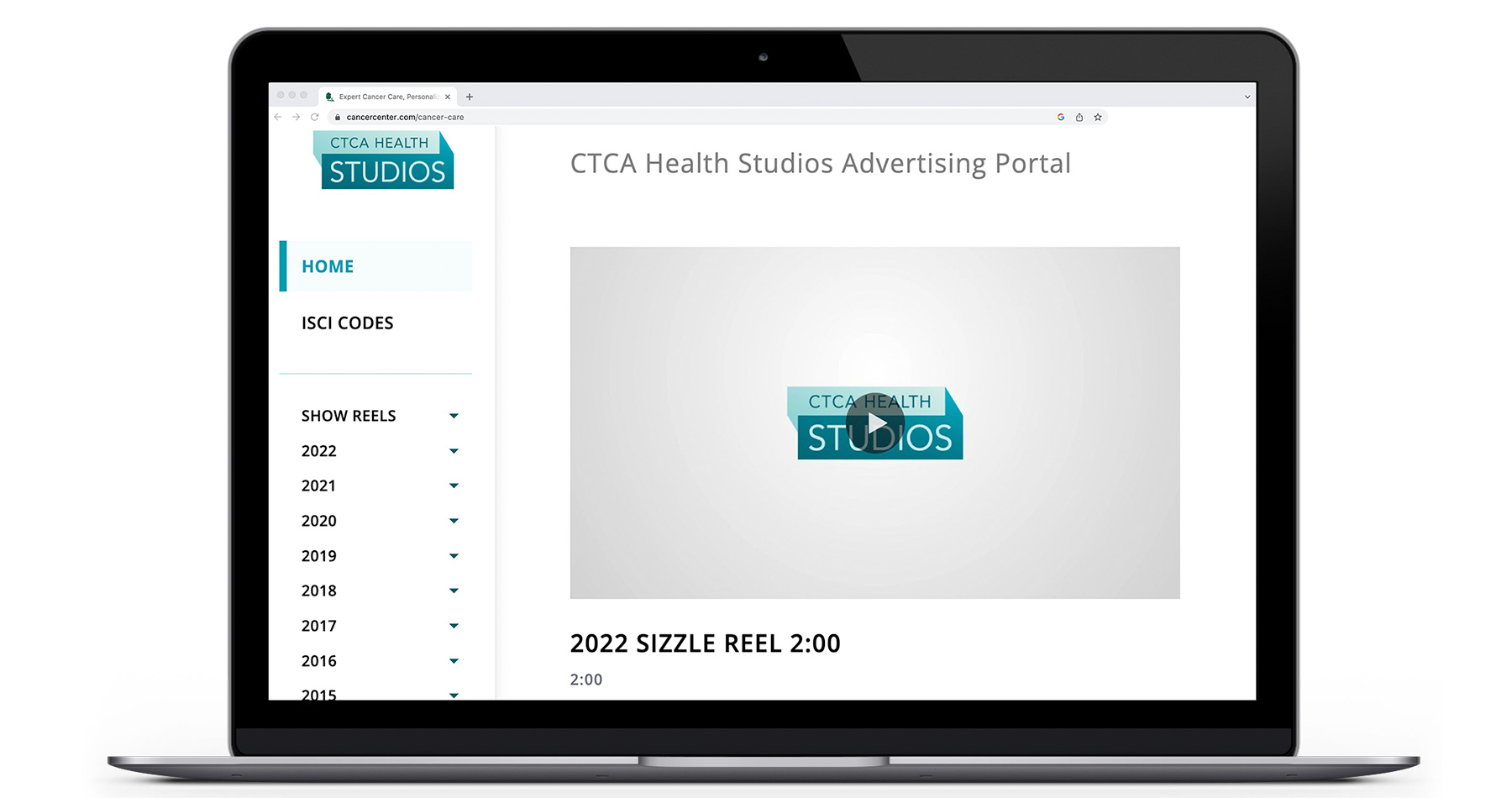How CTCA Delivers Video to Cancer Patients Nationwide


A cancer diagnosis can provoke difficult questions: “Why me?” “What about my family?” “What do I do now?”
The mission of Cancer Treatment Centers of America® (CTCA), now City of Hope®, is to help answer this last question by providing personalized, patient-centered cancer care. CTCA is focused on treating and caring for cancer patients, with comprehensive cancer treatment centers and outpatient care centers located in the greater Atlanta, Chicago, and Phoenix areas.
Using digital video for cancer education
An important part of CTCA’s mission is education. “The goal is to empower and inspire viewers so they don’t feel alone after receiving a cancer diagnosis,” explained Michael E. Harkins, Head of Production at CTCA. “And we’ve found web pages with videos can outperform pages without videos by up to three times.”
But using video meant the playback and viewing experience had to be seamless. “The viewer is already experiencing a tremendous amount of friction in their life,” said Harkins. “My goal is to help remove some of that friction by providing the best-in-class video experience in healthcare and specifically in oncology.”
Dealing with distribution
CTCA faced several challenges in realizing their video goals. Internally, the publishing process was not streamlined. Videos had to be published across several sites and social channels, but fractured and redundant distribution workflows consumed time and bandwidth.
“Distribution is important because it doesn't matter how great the content is if it doesn't get out there,” explained Harkins. “We have 44 cancer sections on our site, and sometimes we want the same video in every section, because each visitor has a different cancer journey.”
CTCA also needed a way to organize its extensive advertising media library, which Harkins calls “one of our most valuable IP resources.”
Managing misinformation
Another challenge came from using YouTube as a distribution channel.
As a healthcare provider, CTCA has to ensure the information they share is up to date and medically accurate. However, the videos YouTube was recommending alongside their videos would sometimes contain misinformation or lack medical credibility.
“We can't have information popping up that isn’t vetted by us,” remarked Harkins. “Not only is it problematic from a healthcare information standpoint, it creates a poor user experience and reflects poorly on us as a healthcare provider.”
Taking the friction out of digital video
In order to streamline distribution and improve the user experience, CTCA needed a centralized video solution. They needed a single platform where they could publish videos across multiple destinations, monitor performance and engagement, define the user experience, and have an easily accessible advertising media library.
Integrating Brightcove into CTCA’s workflow made multi-channel distribution seamless. Publishing the videos to the correct destinations required a network of connectivities, including CMS plugins and social media integration—not to mention the need for video transcription and closed captioning for ADA compliance.
“It saves us at least 15 hours of work per week,” Harkins estimates. “Brightcove not only powers the videos on our website and other web properties, it’s also how we distribute videos on our YouTube channel.” And while YouTube is a key part of their video distribution strategy, it doesn’t have everything CTCA needs to host videos on their site.
Through Brightcove, CTCA was able to craft the user experience they wanted for their viewers. They created custom video players with branded colors and styling, custom playback, controls, as well as end screens. “This level of customization and control simply isn’t possible through YouTube,” said Harkins.
Analytics were also key to improving the user experience. Through native integrations, CTCA could enable event tracking to see Brightcove player data in Google Analytics 360. Within the Brightcove platform, CTCA could also see how videos were performing individually and as a whole.
This helped the team create tailored experiences for users on different cancer journeys. “We have multiple versions of the same video because we have multiple cancer sections. Each experience is tailored to the folks that are looking for information about a specific type of cancer or treatment option,” explains Harkins.
CTCA now delivers best-in-class topical information that drives viewers back to their site, while still emulating the familiar YouTube experience. For Harkins, accommodating viewer preferences was key: “We wanted to emulate the way our viewers are used to engaging with video.”
Valuable assets becomes accessible to all
Meanwhile, the advertising media library came to life in partnership with Brightcove Global Services.
Creative agencies had previously housed most of CTCA’s advertising assets. While CTCA stored some assets locally, advertising assets were not easily accessible outside of their internal video team. “We needed a way to easily house, catalog, search, view, and share all our advertising creative, while still tracking distribution and video metadata,” said Harkins.
To achieve his vision, Brightcove Global Services created a team to build the ad portal. Consisting of a project manager, a technical lead, a UX designer, a business analyst, a QA engineer, and developers, this team would meet with Harkins weekly to share updates and feedback. Instead of taking months to complete, the custom development took mere weeks.
Thanks to Brightcove’s advanced tagging functions, Harkins’ team is able to tag and sort all their advertising assets and are confident they will be stored in the right place. “A lot of agencies have these kinds of ad portals where they manage their client’s assets. But I would be willing to put ours up there against any of them,” said Harkins.
“Brightcove really is the engine that powers our online video distribution strategy,” concluded Harkins. “It’s a great partnership, and we continue to look for new ways to improve our online video experience for cancer patients.”